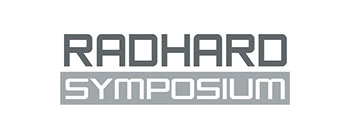Abstract
Materials in challenging space environment
Ricardo Martins1, Nuno Dias1, Adrian Tighe1, Riccardo Rampini1
1 ESA/ESTEC, Keplerlaan 1, 2201AZ Noordwijk, The Netherlands
Abstract
Space environment is highly challenging for the exposed materials used to manufacture spacecraft. Depending on the considered space mission, there are high vacuum levels, extreme thermal cycling, proton/electron/electromagnetic radiation or erosive atomic oxygen fluxes to be withstood [1]. Materials’ Physics and Chemistry Section at the European Space Research and Technology Centre (ESTEC) is dealing with material degradation under these conditions, including possible failures and impact of mission objectives.
An introduction into these challenges will be provided, along with an overview of typical materials exposed to space environment. Real-life examples of materials’ degradation in space environment will be described, along with its consequences on functional properties or, for instance, contamination risk for sensitive surfaces. Finally, approaches to assess the material degradation risk and to qualify exposed materials will be summarized. Standard techniques, as well as unique equipment available at ESTEC for simulation of space environment and testing of materials, will be presented. Best practices and applicable standards will be introduced.
References
[1] Holynska, Malgorzata, Tighe, Adrian, and Semprimoschnig, Christopher. "Coatings and Thin Films for Spacecraft Thermo-Optical and Related Functional Applications", Advanced Materials Interfaces, Volume 5, Issue 11, June 8, 2018, 1701644.
[2] ECSS-E-ST-10-04C. “Space Environment”, June 2020.
Acknowledgments
Funding by European Space Agency (ESA) is acknowledged. The views expressed herein can in no way be taken to reflect the official opinion of ESA and are not intended to endorse particular technologies, companies, or products.
![[Translate to English:] [Translate to English:]](/fileadmin/uploads/intranet/events/radhard/2023/header-radhard2023.jpg)
